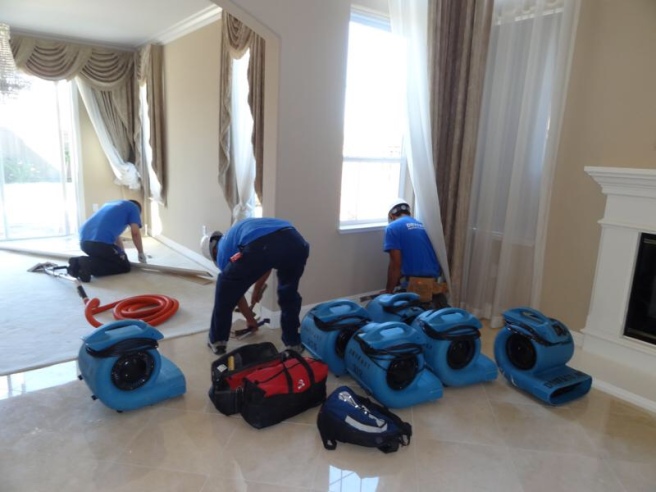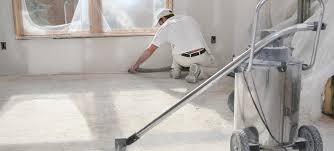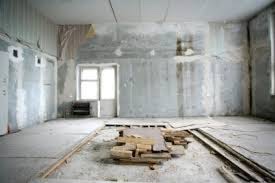Tips for cleaning the house after water damage
Water from undesirable places can create a good deal of harm. Not only does it destroy your precious possessions, but also the home in which they’re stored. If you are in a position to act fast, you may minimize the harm and save your own possessions. A number of your success is dependent upon the length of time the water is being around, there could be bits of furniture which may be stored, and from time to time, even carpeting, but any electronic equipment strike by water are likely doomed.
Do not handle flood water in undesirable regions gently: even if your cellar just features an inch of water in it, or is just moist, it’s the best breeding ground for mould. Mold growth not just destroys walls, furniture, rugs, floors, etc., it may lead to poor indoor air quality inducing respiratory problems including asthma, also may lead to acute illness. Preventing mold development is critical to maintaining your house’s air clean and wholesome. In addition to calling your own insurance company, here are a couple of recommendations to manage your flooded basement and also decrease the water damage.
The quicker you get things from water’s manner, the more likely you are going to have the ability to save . Certainly transfer all electrical items initially, and in the event that it’s possible, turn off your electricity leading into the affected region, particularly if water climbs over electric outlets. You could have the ability to conserve the carpeting if you get it cleaned and cleaned, but it might shrink and be better off as a place rug later. It is unlikely you will have the ability to conserve the underpadding, which functions as a sponge and absorbs a whole lot of water.
Eliminate the water. There are lots of approaches to eliminate the water. If you do not have electricity, or are concerned about loose wires, then the old-fashioned, manual manner will work. Provided that sewers in your area are not backed up, it is possible to pour the water down the drain, then differently, pour on your own yard or other permeable surface. A wet/dry vacuum may be used also, notice: be careful to plug it in to sockets away from water. Do not use an extension cable as the link may also short out and provide you a horrible shock. Water and electricity do not mix! If your cellar or alternative flooded area is overpowering and you’ve got power, look at renting (if available) a sump pump from the local Rent-all or hardware shops. Getting rid of all of the water and drying out that the region has become easily the main thing that you can do to reduce mold growth.
Drywall cutaway, following flooding waters are build-up
Dry from the affected region. When it’s stopped working, open windows to permit for air flow and faster drying. You wish to wash out the area whenever possible. In case you’ve got a finished basement and the gutters has been changed, you’re likely going to have to cut off the locations which were touched by water since the drywall will crumble as well as the paper backing is a fantastic supply of food for mold. When it had been timber, you may have the ability to conserve it. Disinfect all regions affected by the flooding waters such as wood and walls and non-upholstered furniture which sat in flood water.
Avoid mold growth. When you have disinfected and allow the region completely dry out, employ Mold Control through the affected region according to instructions. I can not say enough great things about this particular product; it’s nontoxic, made with distilled water and inorganic compounds. It is possible to use it on walls, furniture, flooring, basically anything that’s vulnerable to mould development. After a thin coating of Mold Control is implemented, let it dry immediately. As it dries, it forms a thin coating over any mold which might be growing and really crushes the origins of their spores. Wherever it is sprayed will stop any mold from growing, supplying continuing immunity. If you are spraying an whole room, you may wish to look at leasing a mister out of a hardware store such as Home Depot. It’s user friendly and extremely fast.
Remove broken things sensibly: you will be tempted to throw it all into a skip and ship it all out and from site. However, in the event that you’re able to arrange damaged products into piles and choose what you could to recycling centers, you may greatly help alleviate the pressure in the local landfill website. Proceed to a city or city’s waste management site in order to discover where to recycle old paints, stains, adhesives and other poisonous fluids, any damaged electronic equipment from mobile phones to TVs and furniture, computers, and even drywall. You might even check through Earth 911 to locate recycling centers locally.
Call our emergency helpline 24/7 at 225-317-7388 for immediate assistance or visit our Baton Rouge Water Damage Repair website http://www.waterdamagerestorationbatonrouge.com


